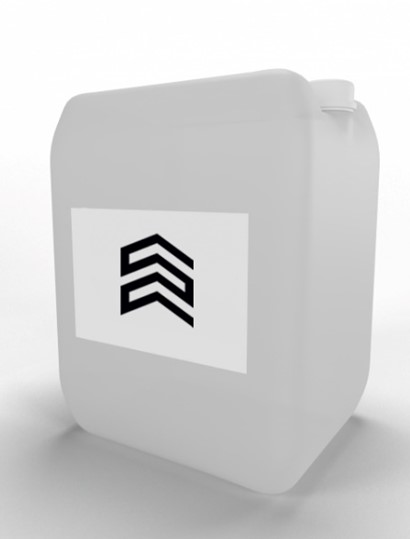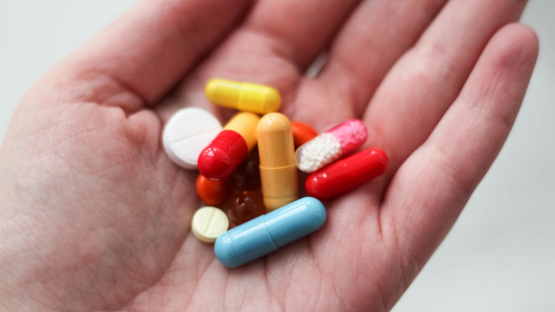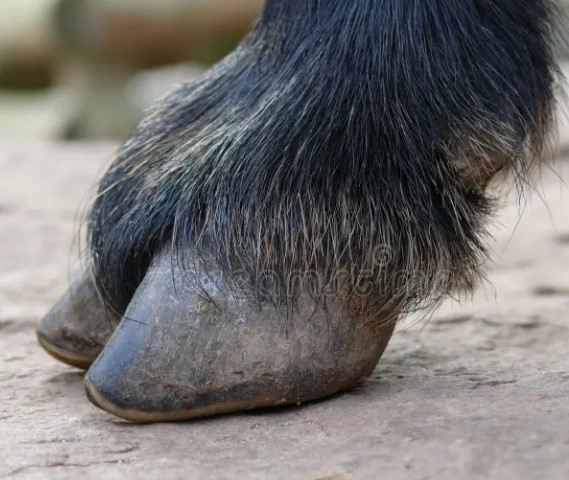Biosecurity Tips for Newly Hatched Birds

As spring approaches, pet owners and professionals can prepare for the hatching season, which also means taking precautions against the spread of disease.
“Even in a small, controlled environment, there are biosecurity threats,” says Samantha Laman, an animal HEALTH specialist for young professionals at the University of North Dakota (NDSU). “It is important that those who work with poultry are prepared to keep these newly hatched chicks and the people who come into contact with them healthy.”
All humans and animals carry populations of microbes and other organisms on and within their bodies. Zoonotic organisms pose a health risk to animals and humans. Some zoonotic organisms are harmless to host animals but can cause disease in humans.
According to NDSU veterinarian Dr. Gerald Stockk, bacteria are often the cause of disease in poultry.
“Even birds that look healthy and clean can transmit bacterial organisms such as salmonella, E. coli and Campylobacter,” warns Dr. Stokka. "These bacteria are found in poultry droppings and can be found on the bodies of birds even if the birds show no signs of illness."
Bacteria spread to bedding, cages, drinkers, feeders, tables and countertops, as well as to the hands of those who work with birds. While people often associate these bacterial infections with eating raw or undercooked poultry, infection can occur through close contact with contaminated equipment, poultry and eggs. Infections can cause symptoms such as fever, diarrhea, vomiting, and abdominal pain.
Biosecurity Best Practices
Proper biosecurity and hygiene procedures can greatly reduce the risk of infection and disease. Best practices for rearing small batches of poultry include:
* Locate hatcheries, brooders and young bird pens away from areas where people consume food or water.
* Once the chicks hatch, designate one location where the birds will be kept and handled. This area should have non-porous surfaces for easy cleaning and proper ventilation.
* Thoroughly clean poultry houses on a regular basis. Cleaning should include both dry and wet cleaning. Dry cleaning is the removal of things like dried droppings, feathers, bedding, and other stuck-on materials that disinfectants do not disinfect. Wet cleaning should follow dry cleaning using water, detergents and disinfectants.
* To protect both chicks and workers, limit contact with young birds.
* Wash hands before and immediately after handling poultry or poultry equipment such as cages, feeders and drinkers.
* Ensure young workers keep hands away from face and mouth when in close proximity to poultry.
* Treat any scratches or bites on poultry immediately.
* After school or housework, check the floor, shoes, and surrounding surfaces for debris.
“Turning a bird from an egg to a chicken is a very rewarding experience if done right,” says Lachman. “When planning this exciting experience, make sure you have proper biosecurity procedures in place and all participants are trained in good hygiene practices. With adjustments for safe hatching, spring chicks can continue to be an annual family and school tradition.”
Read together with it:
- На Ставрополье собрали более 12 тыс. тонн соиВ регионе активно идет уборка пропашных культур – кукурузы, подсолнечника, сахарной свеклы, а также сои. Аграрии края уже убрали больше половины посевной площади сои. Намолот составил 12,5 тыс. тонн, при средней урожайности 15,1 ц/га. В текущем году сельскохозяйственные товаропроизводители отвели под сою 17,7 тыс. га. Её выращивают в 11 округах края, наибольшие площади сосредоточены в Новоалександ...
- Сохранение льготного НДС на социально важные продукты: эксперт делится подробностямиСреди продовольственных товаров с сохраненной льготной ставкой будут мясо, молоко, яйца, а также ряд других необходимых продуктов. Мемрук также отметила, что медуслуги, которые предоставляются лицензированными организациями, не будут облагаться НДС, как и образовательные услуги, оказываемые некоммерческими организациями. Этот налог, введенный в России в 1992 году, составляет значительную часть дох...
- О бешбармаке, деньгах, мясе, традициях, генетике и селекцииPIONERPRODUKT.by продолжает серию интервью с выдающимся казахстанским учёным, Баймукановым Дастанбеком Асылбековичем, которое записано его младшим братом Баймукановым Сыздыком Асылбековичем. Первая часть интервью называется: История о пастухах, баранах и свободе. Напоминаем, что огромное количество статей по животноводству автора Баймуканова Дастанбека Асылбековича опубликованы на нашем портале Бе...
- The advanced farm of JSC "Gorodilovo" uses the work of scientists and rewards with a trip to the seaTopic newsHow knowledge of market conditions, achievements in genetics and modern technologies helped JSC "Gorodilovo" to become one of the best The President of Belarus expressed gratitude to agricultural workers in the MINSK region and Minsk district, as well as to the teams of six agricultural enterprises, including Gorodilovo JSC. This is not the first time the enterprise has received such a h...
- Использование побочных продуктов переработки винограда, апельсинов и оливок в качестве экологически чистого корма для овец и птицыПроект NEWFEED , координируемый технологическим центром AZTI , разработал и апробировал новые местные ингредиенты для кормов жвачных животных и птицы. Благодаря инновационным процессам, а также лабораторным и сельскохозяйственным испытаниям, были улучшены усвояемость и питательная ценность виноградных гребней, апельсиновой цедры и оливкового жмыха, что позволило включать их в рацион животных без у...
- Четыре хозяйства Томской области завершили уборку зерновыхВ четверку лидеров по темпам уборки вошли крестьянские фермерские хозяйства Ивана Сергеева из Кожевниковского района, Андрея Гордиенко из Томского района и Евгения Торопова из Молчановского района. СПК «Белосток» завершил уборку зерновых на участке площадью 600 га в Шегарском районе. По словам Ивана Сергеева, пшеница в этом году уродилась хорошая. Фермер выращивает сорта Ирень и Ликамеро, впервые ...
- 150 тысяч тонн масличных уже намолотили в Липецкой областиВ регионе в этом году - рекордная урожайность рапса. Его убирают все 15 районов и округов, где размещена эта культура. Подсолнечник обмолачивают в девяти муниципалитетах, сою – в пяти. На 9 сентября текущего года намолочено 123,5 тысячи тонн рапса, 15,4 тыс. тонн подсолнечника и 11,2 тыс. тонн сои. «Рапс убран уже с 7......




























































